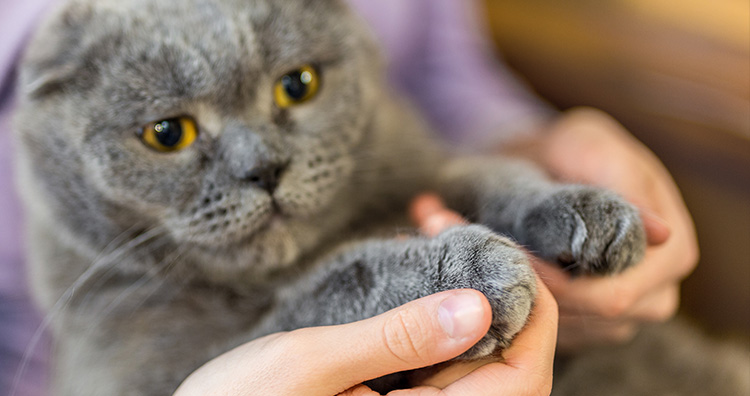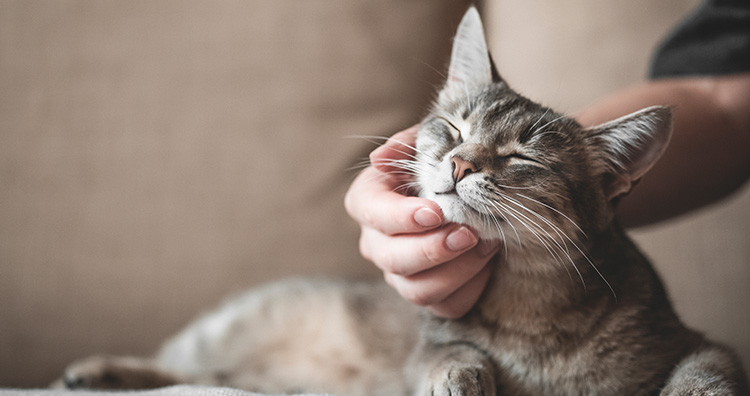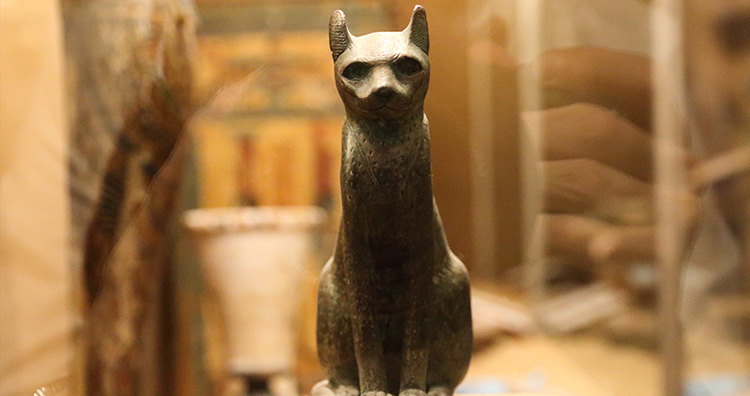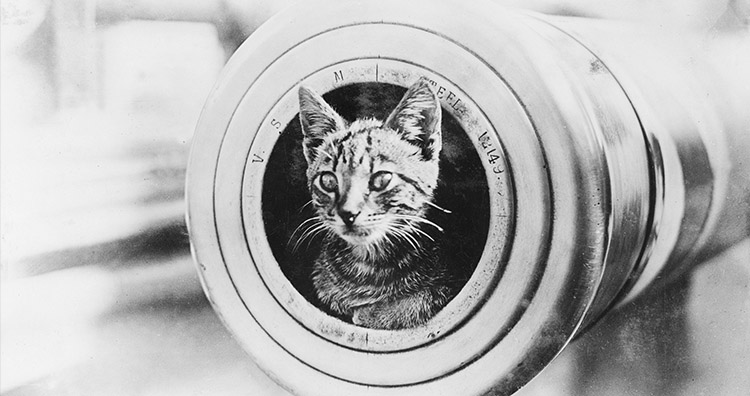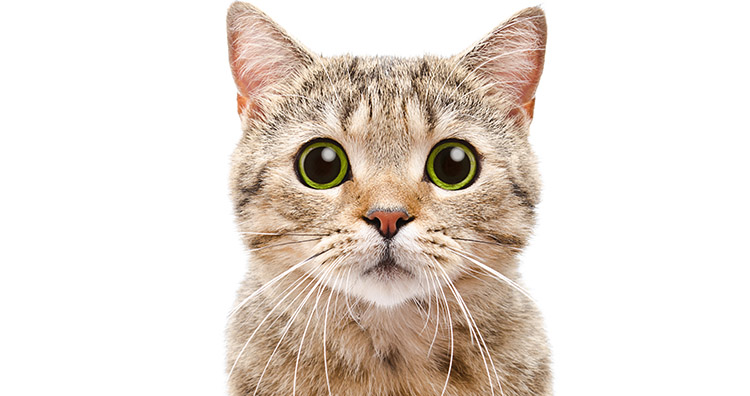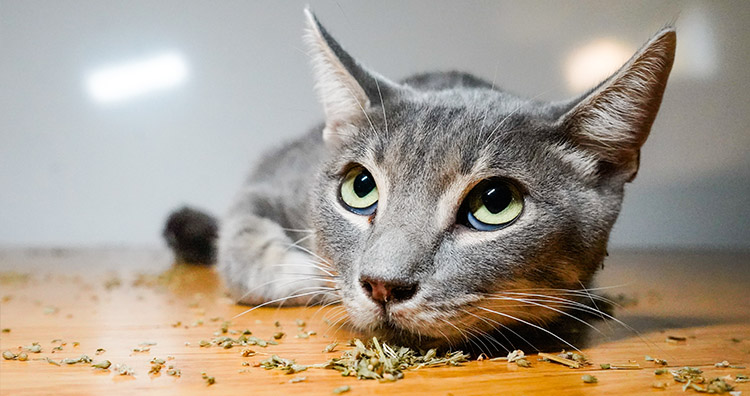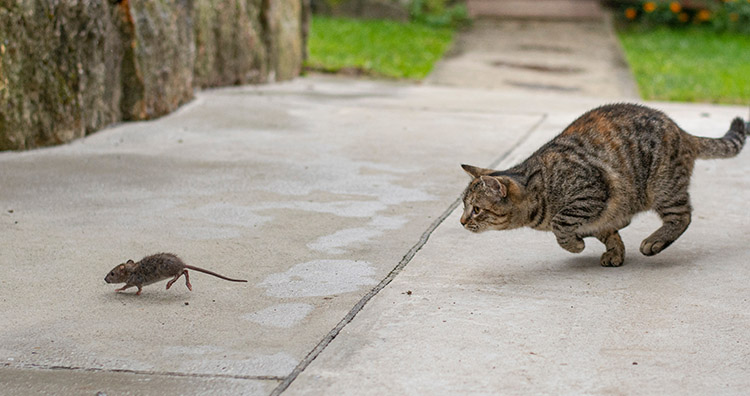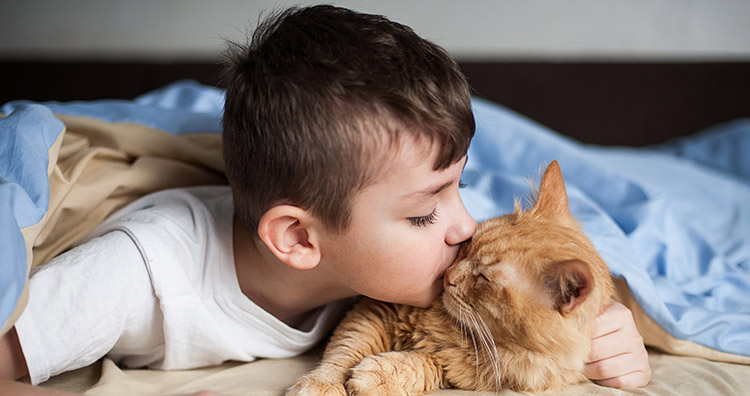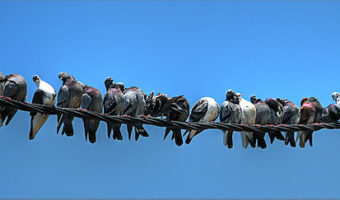80 Fascinating Facts About Cats
Table of Contents
62/80
Onions, garlic, raw potatoes, and certain other foods can prove toxic for cats.
Cats should not be fed onions, garlic, green tomatoes, chocolate, grapes, raisins, chocolate, or milk, as they can cause an upset stomach and gas. These foods can break down a cat’s red blood cells, leading to anemia. Garlic and chives are more potent compared to onions and can lead to life-threatening conditions.
(1, 2)
61/80
Cats make about 100 different sounds.
Purring is the most common cat sound, but they also hiss, growl, and make several other sounds. Dogs, on the other hand, can make only 10 kinds of sounds. (source)
60/80
Cats share 95.6% of their genetic makeup with tigers.
House cats, along with their genetic makeup, share a lot of characteristics with tigers including scent and urine making, pouncing, and prey stalking. (1, 2)
59/80
Declawing a cat amputates a joint and is illegal in most countries.
When you declaw a cat, you have to amputate each toe at the first knuckle, eventually removing the bone, tendons, and claw. This can lead to lifelong complications, lameness, and pain. (source)
58/80
Cats domesticated themselves.
Cats existed unchanged until the Middle Ages, and even now are genetically extremely close to their ancestors. Cats were drawn to the plentiful supply of rodents near human establishments. Humans found that cats were amazing for controlling rodents. This proved to be a win-win situation for both. (source)
57/80
Cats were kept on ships by Ancient Egyptians for pest control and it became a seafaring tradition.
Cats have been carried on ships mainly for rodent control. They also have a natural ability to adapt to new surroundings easily. As they sailed throughout the world, the population of domestic cats spread across the globe during the Age of Discovery (15th through 18th Centuries). (source)
56/80
Ancient Egyptians would shave off their eyebrows when their cats died.
Ancient Egyptians believed cats were magical creatures who brought good luck to the people who housed them. To pay homage to a dead pet cat, not only would they mummify the cat, but also shave off their eyebrows to mourn for the cat and continue mourning until their eyebrows grew back. (source)
55/80
That sailors considered black cats good luck and would use them as “ship’s cats” in hopes of a safe voyage.
Black cats are considered to bring good luck in some cultures. Fishermens’ wives’ would keep black cats at home as they believed that they would enable their husbands to return home safely. Black cats also resemble the cat-goddess Baslet of Egypt, and so were widely worshiped there. (source)
54/80
Cats often avoid consuming food or water from the sides of their bowls to prevent “whisker fatigue.”
When cats consume food from the sides, it leads to their whiskers brushing against the bowl. Whiskers brushing against a bowl can trigger sensory overload, causing them pain and stress whenever eating or drinking. (source)
53/80
Cats do not need to blink on a regular basis to keep their eyes lubricated.
Cats, just like humans, have upper and lower eyelids, but their eyelids rarely meet. They have a third eyelid, called a “nictitating membrane” at the inner corner that provides lubrication to their eyes. They blink this membrane quite often, but it is hardly visible to humans, and so we think that cats hardly blink. (source)
52/80
It is believed that a cat’s purr helps its bone density.
Although scientists don’t know why purring enhances a cat’s bone density. Some say that the sound frequency of purring which is between 25 to 150hz improves bone density and promotes healing. (source)
51/80
There are catnip receptors on a cat’s nose.
Catnip tends to lull cats into a trance because the herb has chemical compounds such as nepetalactone, that trigger odd behaviors in a cat, including head rubbing, head shaking, and rolling on the ground. (source)
50/80
According to some studies, it has been observed that cats can detect earthquake tremors 10 to 15 minutes before humans can.
According to some studies conducted to test animals’ sense of predicting an upcoming earthquake, it has been found that cats are highly sensitive to vibrations and so can detect earthquake tremors quite before humans can. (source)
49/80
Cats can easily sneak up on their prey as they move without making much noise.
The soft pads underneath the cat’s feet allow them to move around making very little noise. This is why their prey usually does not come to know that a cat is nearby. (source)
48/80
Cats can recognize their owner’s voice and tone, but they do not respond many times.
If an owner’s cat does not respond to his calling its name, then it is not because they cannot recognize the owner’s voice, but it is because they choose not to respond. (source)
12 Wild Animals That Seem Not to Be Dangerous, but They Actually Are












![Picture Before His Death, Lockheed Senior & Former Area 51 Scientist Claimed Aliens, UFOs exist. Pictures Shown As Proof [Video]](https://unbelievable-facts.com/wp-content/uploads/2014/11/snap-200x90-c-default.jpg)




